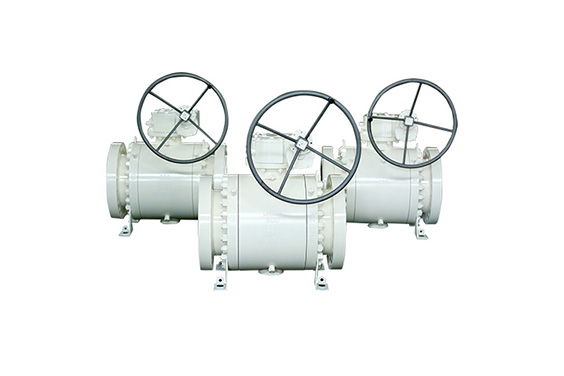If you’re looking to improve your car’s performance, you may want to install a blow off valve. This device helps keep the engine running smoothly by relieving pressure in the turbocharger. Installing a blow off valve is a straightforward process, and can be done in just a few hours. In this article, we’ll show you how to install a blow off valve on your car. Read on for more information.
How To Install Blow Off Valve
- The first thing you will need to do is locate the blow off valve (BOV) solenoid. It is usually located on the top of the intercooler piping, or somewhere in close proximity to it. You will need to unplug the wiring harness from it and then remove the two bolts that hold it in place.
- Next, you will need to remove the BOV from its mounting bracket by removing the two bolts that hold it in place. Once this is done, you can pull out your old BOV and set it aside for later use if you plan on reusing it in your new setup.
- Now that your old BOV has been removed, you can install your new one by plugging in the wiring harness back into its solenoid and then bolting it back into place with the two mounting bolts that were included with your new BOV kit.
- The next step is to connect up a vacuum line from your intake manifold to your new BOV’s nipple port (the large hole on top). You must make sure that you have a vacuum source running at all times when using a blow off valve because this is what opens up and closes off airflow through your turbocharger compressor housing depending on boost levels present at any given time during engine operation. This is why some people choose not to use a blow off valve during normal driving conditions as they feel there are no benefits when compared to having an unrestricted air flow running through their turbocharger compressor housing at all times while under light throttle load conditions (this includes while cruising down highway speeds). However, there are still many other benefits associated with installing a blow off valve such as improved throttle response, increased boost control stability, reduced turbo lag/spool up time, and much better overall performance!
- The last step of installation involves connecting up another vacuum line from your intake manifold over to one of the nipples located near where you mounted your blow off valve earlier (usually located along side of the intercooler piping). This nipple port should be connected directly into one of several vacuum lines running throughout the engine bay which will then open up either an electronic controlled wastegate or mechanical wastegate inside of your exhaust system depending upon whether or not you have an electronically controlled wastegate or mechanical wastegate setup installed on your car already.
- Now that your new blow off valve has been mounted and wired into place, you can test it by revving up your engine while lifting up on the throttle pedal. If you hear a hissing sound coming from underneath the hood of your car as you lift up on the throttle pedal, then you know that your blow off valve is working properly. If not, then there is something wrong with either the vacuum line connections or wiring harness which needs to be troubleshot and corrected before continuing with further testing.
- Once everything has been tested and confirmed to be working properly, you will need to adjust the spring tension inside of your new BOV so that it opens at a desired boost pressure level (usually between 5-8 PSI for most people). You will need to refer back to our BOV spring adjustment tutorial for detailed instructions on how to do this, as every single BOV is different!
- Finally, you can now enjoy all of the benefits associated with having an additional boost control system installed onto your vehicle!
Are blow off valves easy to install?
The answer is: it depends. If you’re comfortable doing some basic car maintenance, then you should be able to handle the installation process without any problems. However, if you’re not confident working on your car, it’s probably best to leave it to the professionals.
Either way, we’re here to give you a step-by-step guide to installing a BOV, so you can decide for yourself whether it’s a task you’re comfortable taking on.








